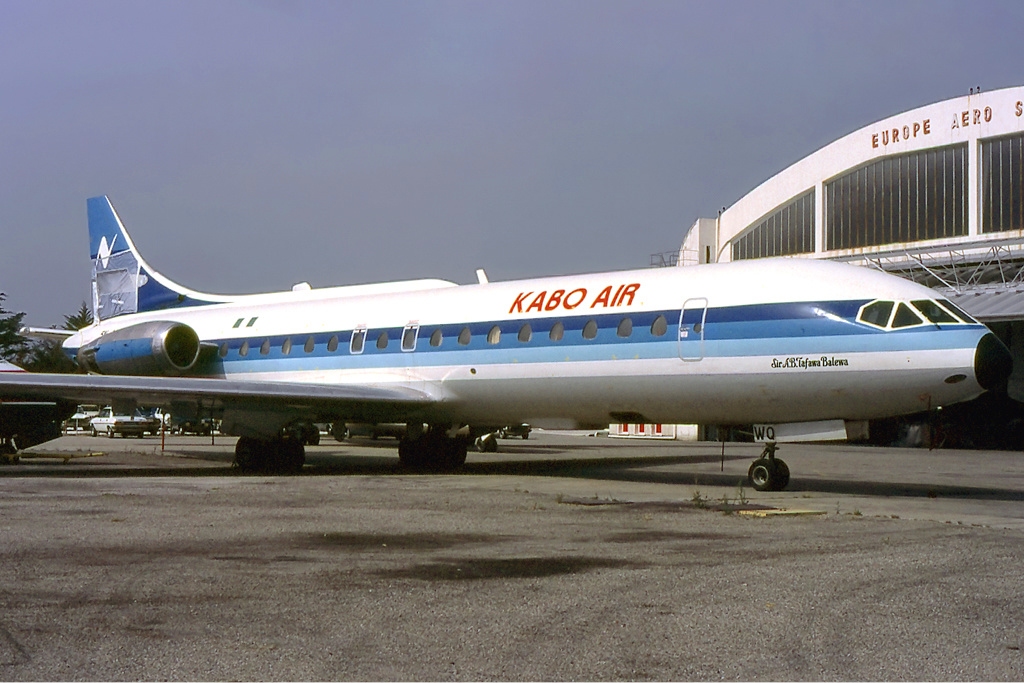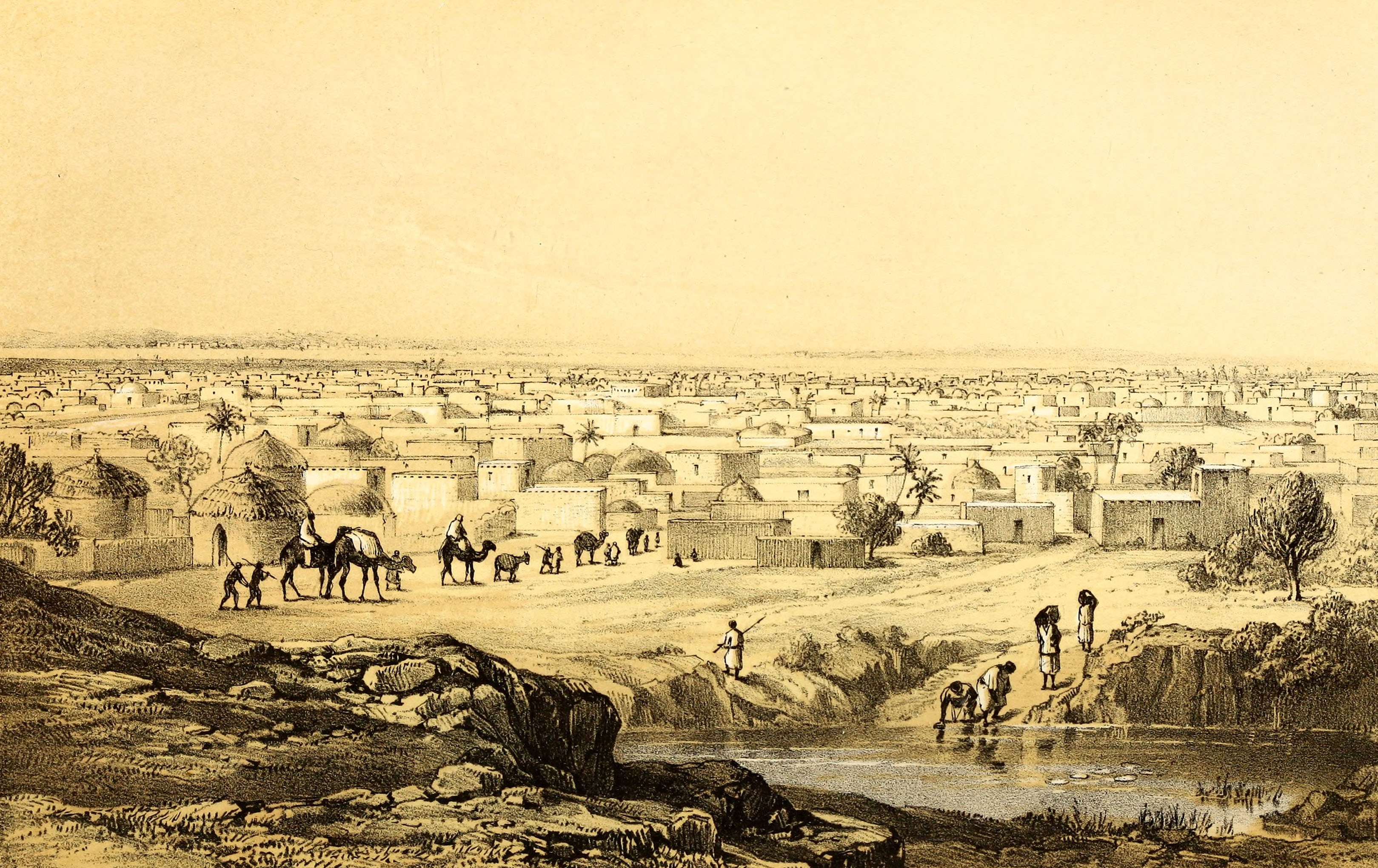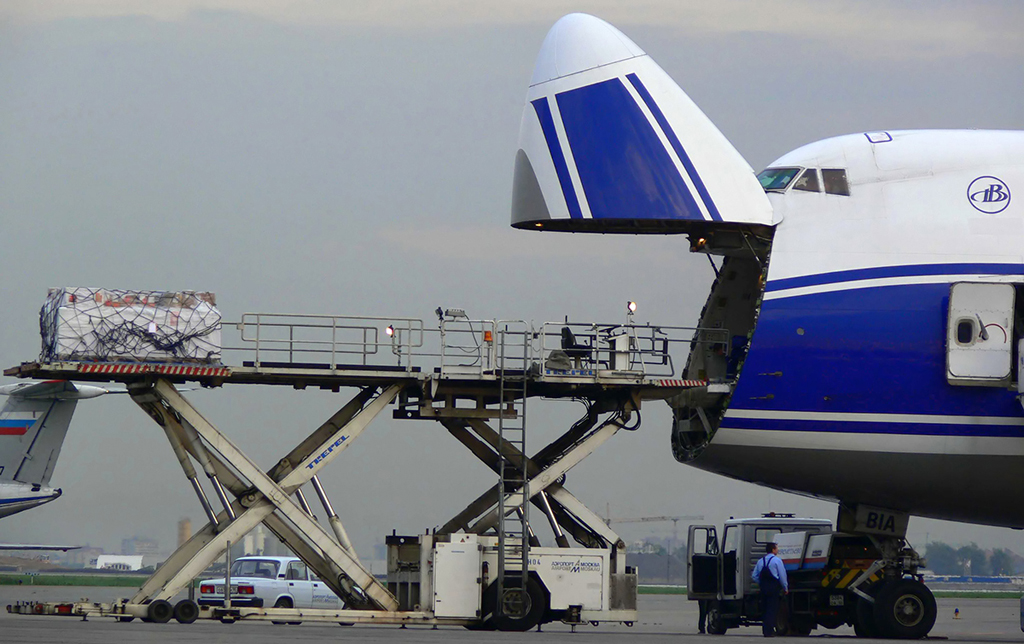|
Kabo Air
Kabo Air was a Nigerian charter airline headquartered in Kano, Kano State and based at Mallam Aminu Kano International Airport. History Kabo Air was established in February 1980 by Dr. Alhaji Muhammadu Adamu Dankabo and started operations in April 1981. It is currently wholly owned by Kabo Holdings.airlineupdate.com - Kabo Air retrieved 17 March 2017 Kabo Air originally operated special charter services for corporate bodies, executives, and government officials. The company stopped operating domestic services in 2001 when they focus solely on flights and international charters. However, in 2009 the airline received approval to start international scheduled services ... [...More Info...] [...Related Items...] OR: [Wikipedia] [Google] [Baidu] |
Kano, Nigeria
Kano (Ajami: كانو) is a city in northern Nigeria and the capital of Kano State. It is the second largest city in Nigeria after Lagos, with over four million citizens living within ; located in the Savanna, south of the Sahel, Kano is a major route of the trans-Saharan trade. The city has been a trade and human settlement for millennia. It is the traditional state of the Dabo dynasty who since the 19th century have ruled as emirs over the city-state. Kano Emirate Council is the current traditional institution inside the city boundaries of Kano, and under the authority of the Government of Kano State. The city is one of the medieval Hausa seven kingdoms and the principal inhabitants of the city are the Hausa people. Centuries before British colonization, Kano was strongly cosmopolitan with settled populations of Arab, Berber, Tuareg, Kanuri and Fula and remains so with the Hausa language spoken as a lingua-franca by over 70 million speakers in the region. Islam arri ... [...More Info...] [...Related Items...] OR: [Wikipedia] [Google] [Baidu] |
Nigerian Naira
The naira (currency sign, sign: ₦; ISO 4217, code: NGN) is the currency of Nigeria. One naira is divided into 100 ''kobo''. The Central Bank of Nigeria (CBN) is the sole issuer of legal tender money throughout the Federal Republic of Nigeria. It controls the volume of money supplied in the economy in order to ensure monetary and price stability. The Currency Operations Department of the CBN is in charge of currency management, through the designs, procurement, distribution and supply, processing, reissue and disposal or disintegration of bank notes and coins. History The naira was introduced on 1 January 1973, replacing the Nigerian pound at a rate of £1 = ₦2 naira. The coins of the new currency were the first coins issued by an independent Nigeria, as all circulating coins of the Nigerian pound were all struck by the Colonial Nigeria, colonial government of the Federation of Nigeria in 1959, with the name of Elizabeth II, Queen Elizabeth II on the obverse. This also made ... [...More Info...] [...Related Items...] OR: [Wikipedia] [Google] [Baidu] |
Trans-Air Service Flight 671
Trans-Air Service Flight 671 was a cargo flight from Luxembourg Airport to Mallam Aminu Kano International Airport in Kano, Nigeria. While flying over France on March 31, 1992, the Boeing 707 operating the flight experienced an in-flight separation of two engines on its right wing. Despite the damage to the aircraft, the pilots were able to perform an emergency landing at Istres-Le Tubé Air Base in Istres, France. All five occupants of the aircraft survived; however, the aircraft was damaged beyond repair due to a fire on the right wing. Aircraft and crew Aircraft The aircraft was a 28-year-old Boeing 707-321C, serial number 18718. It had been manufactured in April 1964 and was first delivered to Pan Am at end of the month. It had accumulated 60,985 flight hours over 17,907 flights. It was powered by four Pratt & Whitney JT3D-3B engines. During its history, the aircraft's owner and registration had changed multiple times; at the time of the accident, it was registered 5N-MAS an ... [...More Info...] [...Related Items...] OR: [Wikipedia] [Google] [Baidu] |
Port Harcourt Airport
Port Harcourt International Airport is an international airport located in Omagwa, a suburb of Port Harcourt, the capital city of the Rivers State in Nigeria. The airport has two terminals for both international and domestic flights. The new International terminal was commissioned by the executive president of the Federal Republic of Nigeria President Muhammadu Buhari on 25 October 2018. In 2009, the airport served 1,081,587 passengers, making it the third-busiest airport in Nigeria. History On 18 August 2006, the airport was closed for repairs. The Nigerian Civil Aviation Authority stated that the emergency shutdown was in order to overhaul the runway and build a fence around the facility. Such maintenance had been in planning stages for several months, but an electrical fire on 17 August 2006 made repairs immediately necessary. All domestic flights were diverted to Sam Mbakwe Airport (Owerri), Akanu Ibiam International Airport (Enugu) and Margaret Ekpo International Airpor ... [...More Info...] [...Related Items...] OR: [Wikipedia] [Google] [Baidu] |
BAC 1-11
The BAC One-Eleven (or BAC-111/BAC 1-11) was an early jet airliner produced by the British Aircraft Corporation (BAC). Originally conceived by Hunting Aircraft as a 30-seat jet, before its merger into BAC in 1960, it was launched as an 80-seat airliner with a British United Airways order on 9 May 1961. The prototype conducted its maiden flight on 20 August 1963, and it was first delivered to its launch customer on 22 January 1965. The 119-seat, stretched 500 series was introduced in 1967. Total production amounted to 244 until 1982 in the United Kingdom and between 1982 and 1989 in Romania where nine Rombac One-Eleven were licence-built by Romaero. The short haul, narrowbody aircraft was powered by aft-mounted Rolls-Royce Spey low-bypass turbofans, a configuration similar to the earlier Sud Aviation Caravelle and later Douglas DC-9. It also competed with early Boeing 737 variants and was used by several US carriers, as well as multiple British, overseas and European airli ... [...More Info...] [...Related Items...] OR: [Wikipedia] [Google] [Baidu] |
Margaret Ekpo International Airport
Margaret Ekpo International Airport , also known as Calabar Airport, is an airport serving Calabar, the capital of the Cross River State in Nigeria. The airport is named after Margaret Ekpo, who was one of Nigeria's pioneering feminist and anticolonial activists. It was commissioned in 1983 by Alhaji Shehu Shagari, then president of Nigeria. Airlines and destinations Statistics These data show number of passengers movements into the airport, according to the Federal Airports Authority of Nigeria's Aviation Sector Summary Reports. See also *Transport in Nigeria *List of airports in Nigeria *List of the busiest airports in Africa This is a list of the busiest airports in Africa, ranked by total passengers per year, which includes arrival, departure and transit passengers. Evolution in graph 2021 statistics 2020 statistics 2019 statistics 2018 statistics ... References External links *SkyVector - Margaret Ekpo Airports in Nigeria Cross River ... [...More Info...] [...Related Items...] OR: [Wikipedia] [Google] [Baidu] |
Sud Aviation Caravelle
The Sud Aviation SE 210 Caravelle is a French jet airliner produced by Sud Aviation. It was developed by SNCASE in the early 1950s and made its maiden flight on 27 May 1955. It included some de Havilland designs and components developed for the de Havilland Comet. SNCASE merged into the larger Sud Aviation conglomerate before the aircraft entered revenue service on 26 April 1959 with Scandinavian Airlines System (SAS); 282 were built until production ended in 1972. It was ordered by airlines on every continent and operated until its retirement in 2005. The short-range, five-abreast airliner is powered by two aft-mounted Rolls-Royce Avon turbojet engines, allowing a clean low wing. The configuration was later retained in many narrow-body aircraft and regional jets. The initial I, III and VI variants could seat 90 to 99 passengers over . The later, slightly longer 10/11 variants could seat 99 to 118 passengers over and were powered by Pratt & Whitney JT8D low-bypass turbofan ... [...More Info...] [...Related Items...] OR: [Wikipedia] [Google] [Baidu] |
Douglas DC-8
The Douglas DC-8 (sometimes McDonnell Douglas DC-8) is a long-range narrow-body airliner built by the American Douglas Aircraft Company. After losing the May 1954 US Air Force tanker competition to the Boeing KC-135, Douglas announced in July 1955 its derived jetliner project. In October 1955, Pan Am made the first order along with the competing Boeing 707, and many other airlines followed. The first DC-8 was rolled out in Long Beach Airport on April 9, 1958, and flew for the first time on May 30. FAA certification was achieved in August 1959 and the DC-8 entered service with Delta Air Lines on September 18. The six-abreast, low wing airliner was a four-engined jet aircraft with initial variants being long. The DC-8-10 was powered by Pratt & Whitney JT3C turbojets and had a MTOW, the DC-8-20 had more powerful JT4A turbojets for a MTOW. The intercontinental models had more fuel capacity and up to MTOW, powered by JT4As for the Series 30 and by Rolls-Royce Conway turbof ... [...More Info...] [...Related Items...] OR: [Wikipedia] [Google] [Baidu] |
Boeing 767
The Boeing 767 is an American wide-body aircraft developed and manufactured by Boeing Commercial Airplanes. The aircraft was launched as the 7X7 program on July 14, 1978, the prototype first flew on September 26, 1981, and it was certified on July 30, 1982. The original 767-200 entered service on September 8, 1982, with United Airlines, and the extended-range 767-200ER in 1984. It was stretched into the in October 1986, followed by the 767-300ER in 1988, the most popular variant. The 767-300F, a production Cargo aircraft, freighter version, debuted in October 1995. It was stretched again into the 767-400ER from September 2000. To complement the larger Boeing 747, 747, it has a seven-abreast cross-section, accommodating smaller LD2 unit load device, ULD cargo containers. The 767 is Boeing's first wide-body twinjet, powered by General Electric CF6, Rolls-Royce RB211, or Pratt & Whitney JT9D turbofans. JT9D engines were eventually replaced by Pratt & Whitney PW4000, PW4000 engi ... [...More Info...] [...Related Items...] OR: [Wikipedia] [Google] [Baidu] |
Boeing 757
The Boeing 757 is an American narrow-body airliner designed and built by Boeing Commercial Airplanes. The then-named 7N7, a twinjet successor for the 727 (a trijet), received its first orders in August 1978. The prototype completed its maiden flight on February 19, 1982 and it was FAA certified on December 21, 1982. Eastern Air Lines placed the original in commercial service on January 1, 1983. A package freighter (PF) variant entered service in September 1987 and a combi model in September 1988. The stretched was launched in September 1996 and began service in March 1999. After 1,050 had been built for 54 customers, production ended in October 2004, while Boeing offered the largest 737 NG variants as a successor. The jetliner is powered by 36,600–43,500 lbf (163–193 kN) Rolls-Royce RB211 or Pratt & Whitney PW2000 underwing turbofan engines for a MTOW. The 757 has a 2,000 sq ft (185 m2) supercritical wing for reduced aerodynamic drag and a conve ... [...More Info...] [...Related Items...] OR: [Wikipedia] [Google] [Baidu] |
Boeing 747
The Boeing 747 is a large, long-range wide-body airliner designed and manufactured by Boeing Commercial Airplanes in the United States between 1968 and 2022. After introducing the 707 in October 1958, Pan Am wanted a jet times its size, to reduce its seat cost by 30%. In 1965, Joe Sutter left the 737 development program to design the 747, the first twin-aisle airliner. In April 1966, Pan Am ordered 25 Boeing 747-100 aircraft and in late 1966, Pratt & Whitney agreed to develop the JT9D engine, a high-bypass turbofan. On September 30, 1968, the first 747 was rolled out of the custom-built Everett Plant, the world's largest building by volume. The first flight took place on February 9, 1969, and the 747 was certified in December of that year. It entered service with Pan Am on January 22, 1970. The 747 was the first airplane dubbed "Jumbo Jet", the first wide-body airliner. The 747 is a four-engined jet aircraft, initially powered by Pratt & Whitney JT9D turbofan engin ... [...More Info...] [...Related Items...] OR: [Wikipedia] [Google] [Baidu] |




%2C_Dublin%2C_February_1993_(02).jpg)



